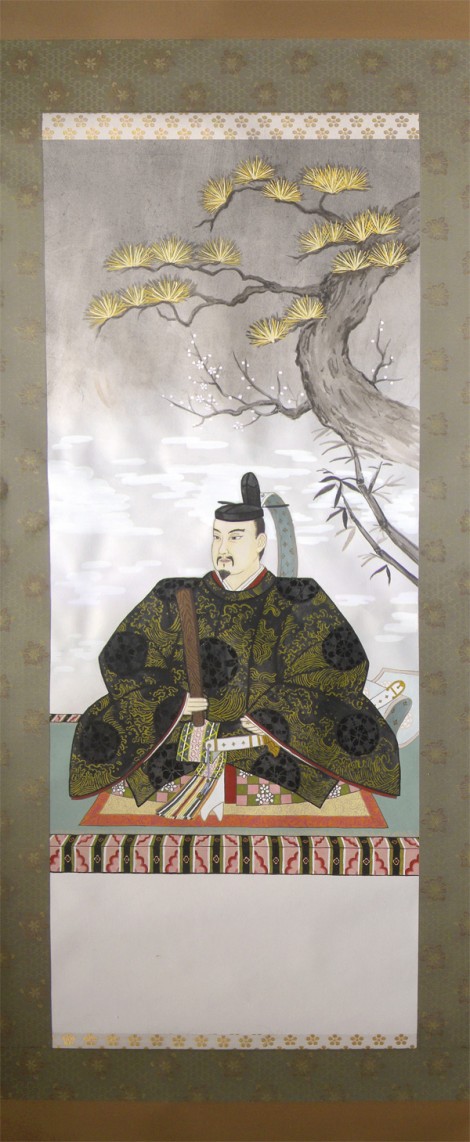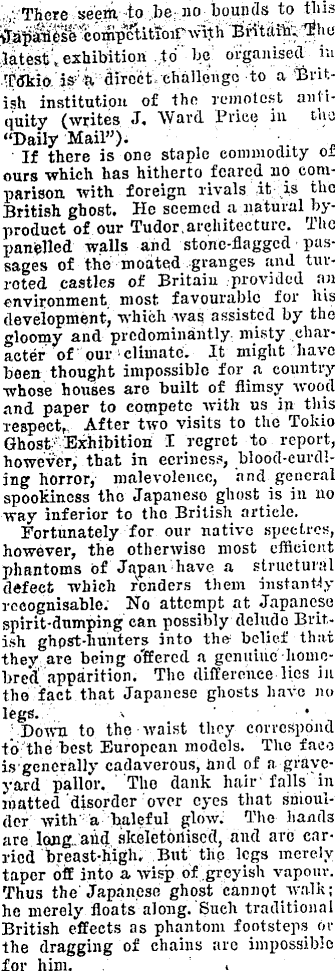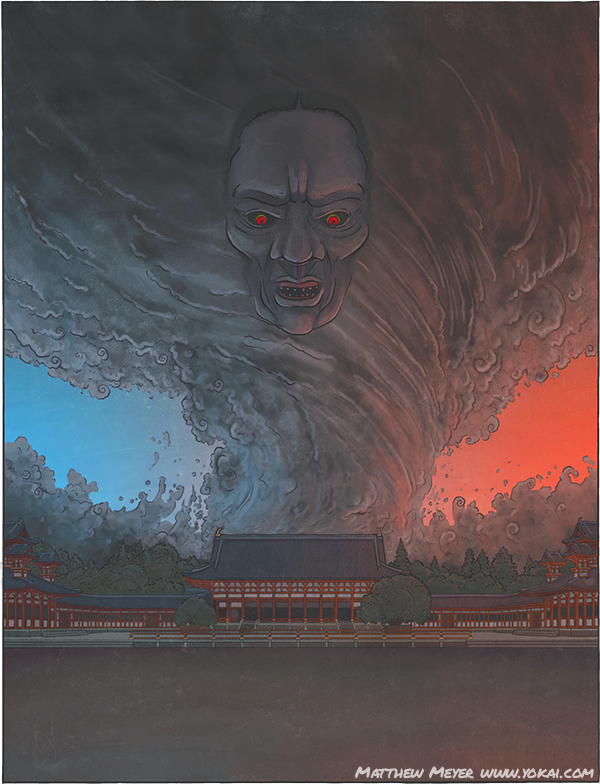 Today’s entry has appeared on my blog before. He is well known all across Japan. In fact, today, he is a very popular character, though he is not as well known for his destructive tendencies as for his better ones. He is better known as Tenjin-sama, the god of scholarship.
Today’s entry has appeared on my blog before. He is well known all across Japan. In fact, today, he is a very popular character, though he is not as well known for his destructive tendencies as for his better ones. He is better known as Tenjin-sama, the god of scholarship.
Tenjin-sama was not always a god. In fact, he was once a bureaucrat named Sugawara no Michizane. He was wronged greatly by the state, and when he died, his spirit turned into a powerful onryo, which returned to Kyoto and wreaked havoc upon the imperial court.
Sugawara no Michizane is a perfect example of a tatarigami, yesterday’s yokai-a-day. And a successful example, for that matter. Through posthumous promotions, establishing shrines and festivals, and worshiping him as a state-sponsored god, his wrath-filled tatarigami was appeased. Today, Tenjin-sama is a very popular god, worshipped all over the country. Many houses even have wall scrolls of him like the one on the right, which they display in January.
But underneath all of that honor and worship lies the sleeping wrath of a tatarigami… hopefully never to be provoked.
Click on the angry ghost to visit yokai.com and read all about his history!
There is only 1 day left until Halloween, and only 1 more yokai until the final one. You can help support my artwork, translation, and the creation of more yokai in the yokai.com database by joining my Patreon project!


 There seem to be no bounds to this Japanese competition with Britain. The latest exhibition to be organised in Tokio is a direct challenge to a British institution of the remotest antiquity (write J. Ward Price in the “Daily Mail”).
There seem to be no bounds to this Japanese competition with Britain. The latest exhibition to be organised in Tokio is a direct challenge to a British institution of the remotest antiquity (write J. Ward Price in the “Daily Mail”).



 Okay, on to today’s yokai!
Okay, on to today’s yokai!
